Professor Emeritus, Keio University
Chairman, Institute for Urban Strategies, The Mori Memorial Foundation
Director, Academyhills
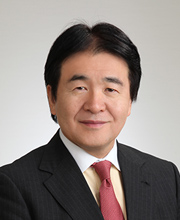
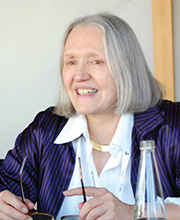


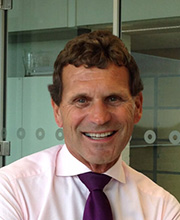
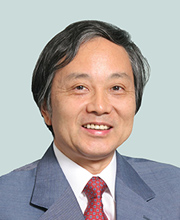
In this second session, let us discuss the strategies required to achieve the visions we just spoke about with particular reference to the GPCI. The GPCI ranks the comprehensive power of 44 major global cities based on 70 indicators across six functions (Economy, Research and Development, Cultural Interaction, Livability, Environment, and Accessibility). Tokyo surpassed Paris last year to claim the No. 3 spot and maintains this position in 2017. A comparison of Tokyo’s strengths with the top-ranked city of London shows there to be quite a difference in scores for Cultural Interaction and Accessibility. In other words, despite the Japanese capital already exhibiting a high degree of comprehensive power, it still has some weaknesses compared to the front-runner London.
In addition to the GPCI, our Institute conducted a City Perception Survey in 2016. The survey visualized and analyzed people’s perceptions of eight global cities, which shed light on the perceived image that those cities evoke.
The results showed that the one word most people associate the city of London with is “expensive,” while other words commonly cited included those that refer to the city’s past, such as “history” and “tradition,” names of landmarks like “Big Ben,” and even references to London’s weather with “rain” or “fog.”
New York was labelled “busy” by many survey respondents, followed by “skyscrapers,” an apt description of the city’s skyline. Other words often used included those that allude to its urban vitality, such as “metropolis,” “diverse,” “crowded,” and “big.”
Perceptions of Paris were unlike any other city in the survey, reflecting the robust positive image that many people around the world have of the French capital. Popular responses included “Eiffel Tower,” “romantic,” “beautiful,” “fashion,” “love,” “culture,” and “art.”
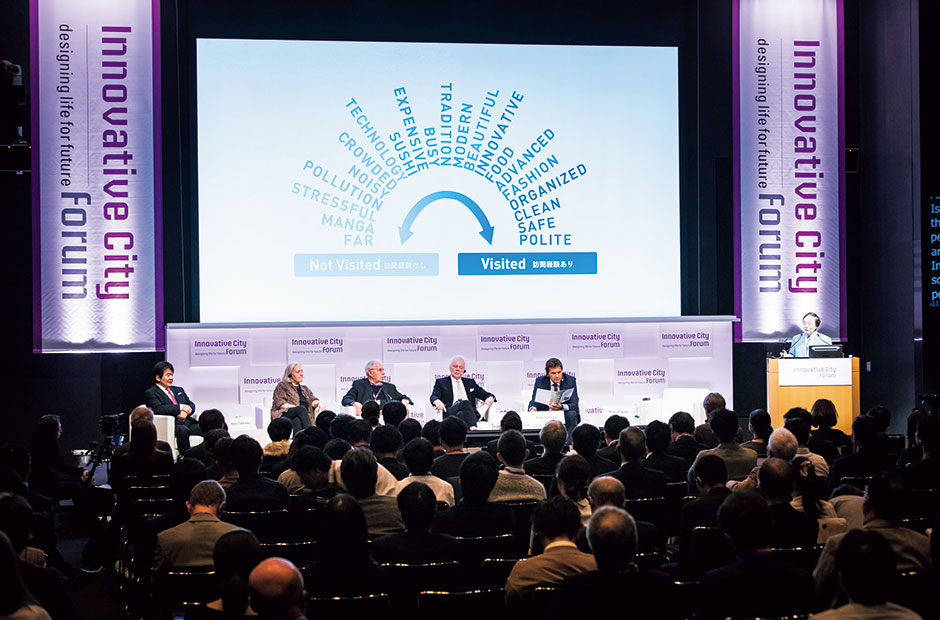
Tokyo was most often described as “crowded” by respondents. The city is certainly heavily populated when considering that around 37 million people live in the metropolitan region and the surrounding three prefectures. However, the survey also tells us that people view the Japanese capital as a progressive city, given that the words “technology” and “modern” were also used to describe it. We also learned that perceptions of Tokyo differed considerably depending on whether or not the person answering the survey had visited Tokyo before. Those that had been to Tokyo recalled the city as being a “polite,” “safe,” and “clean” place. On the other hand, the survey participants that had never visited Tokyo mostly viewed the city in a negative light, which is often the case with major cities, by calling it “stressful,” “noisy,” or “crowded.”
An analysis of the survey responses with statistical methods revealed that, for the most part, the perceptions of Asian cities closely resemble one another. Meanwhile, we know that London and New York are somewhat unique cities in their own way, while the perception of Paris is unlike any other city in the survey.
I would like us to consider how Tokyo’s current, as well as the previously mentioned external perceptions of the city, could be improved. In fact, administrative bodies have already formulated a wide range of medium- and long-term policies to address this issue. For example, the government’s “Growth Strategy 2017,” the Ministry of Land, Infrastructure, Transport and Tourism’s “Metropolitan Strategy,” and the Tokyo Metropolitan Government’s “New Tokyo, New Tomorrow: The Action Plan for 2020” and “Grand Design for Urban Planning.” If the initiatives outlined in these policies are implemented, we expect them to have a direct or indirect impact on the indicators in the GPCI. We actually extracted the indicators that would be affected and ran them through a GPCI simulation and the results showed that by 2035, Tokyo would surpass London in terms of comprehensive power. That said, the only variables in the simulation were the indicator scores for Tokyo, and naturally the other cities too will have boosted their urban strengths by that time. If we assume that London continues to grow at the same rate as the last 10 years, it will easily outstrip Tokyo’s score. All this tells us just how hard it is for Tokyo to become the top-ranked city in the GPCI. Nonetheless, setting lofty goals and working hard to achieve them is vital if Tokyo is to boost its urban power.
During our discussions in this second session, I would like us to keep in mind three questions: whether the definition of a city’s magnetism could ever change; what are the negative aspects of being a global city; and whether the ranking order of the top three cities in the GPCI could change in the future?
First, in considering how Tokyo as a city can boost its competitiveness and increase its rank, this GPCI database offers an exceptionally detailed overview of the city’s strengths and weaknesses. But before navigating these points and analyzing the possibilities for Tokyo’s future position, we must decide whether the city will aim to be the best in all areas, or whether it will simply seek to surpass New York, or London, in the ranking.
The difference in these two goals becomes clearer once we look past the comprehensive rank, and delve into the individual functions. While Tokyo ranks 3rd overall, it only achieves the No.3 position in the R&D category. In Economy and Cultural Interaction it places 4th, while for others like Livability, Environment, and Accessibility, it is 14th, 12th, and 6th, respectively. Comparing further with New York which performs better in many areas, Tokyo only achieves higher scores in Livability and Environment. For Tokyo to still achieve a 3rd place rank, this indicates an intense variability in function-specific scores amongst the other cities as well. In this sense, it is possible that the city could surpass New York in several areas while never reaching the No.2 position.
In any case, to boost competitiveness Tokyo could choose to invest heavily only in those functions where New York is higher. However, this would neglect Livability and Environment and would impact negatively on residents who would then be more likely to leave. This type of exclusively targeted investment, then, would seem counter-productive to the goal of increasing Tokyo’s attractiveness. Considering these facts, and the data presented in the GPCI, I would say that to be the best, you have to almost be the best in everything, if you are really a global city like Tokyo. And that would require a lot of investment.
One more challenge for Tokyo in this regard would be the problems associated with a rapidly aging society, and the increasing difficulty of providing for the resident population. The financial burden, especially through the pension system, will be heavy?making widespread investment in the city even more challenging.
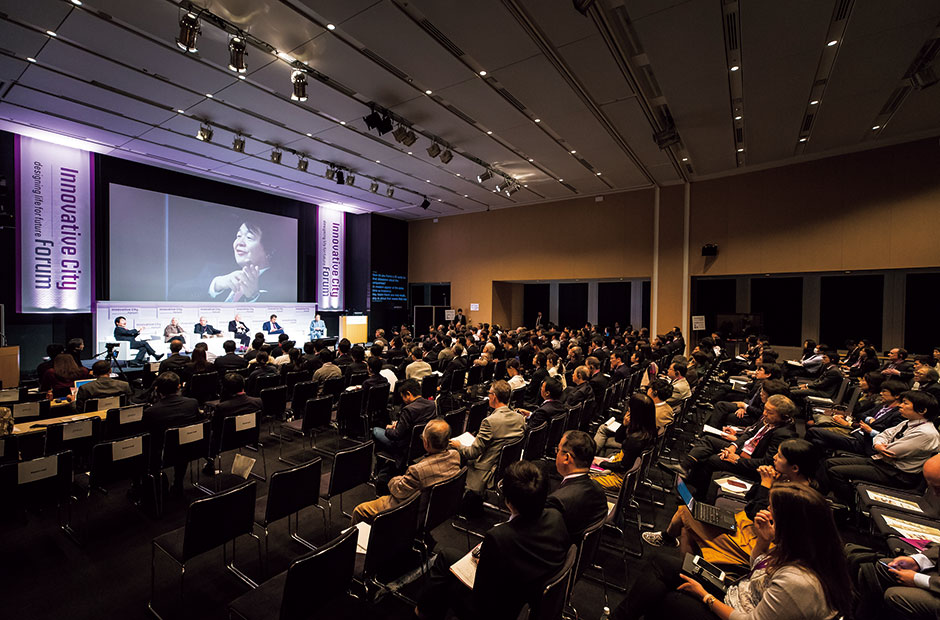

Rather than contemplating whether Tokyo can become No.1 or No.2, a far more important question to ask is “what is it that cities, Tokyo specifically and other large global cities more generally, need to do in order to remain viable and attractive and to offer their citizens a decent standard of life?” This concept of attractiveness, or ‘magnetism,’ has continued to adapt and change with the urban and global systemic transformations that have been occurring throughout successive capitalist waves. Twenty or thirty years ago, it was predicted that the city was doomed to fail, and that due to advances in digital technologies and intercommunication, people would leave their cities for the countryside?living in a lonely digital world. As is evident now, the opposite occurred. Urbanization and continued movement to cities has in fact taken place, with people and capital drawn in ‘magnetically,’ i.e., through localized competitive advantages or agglomeration economies.
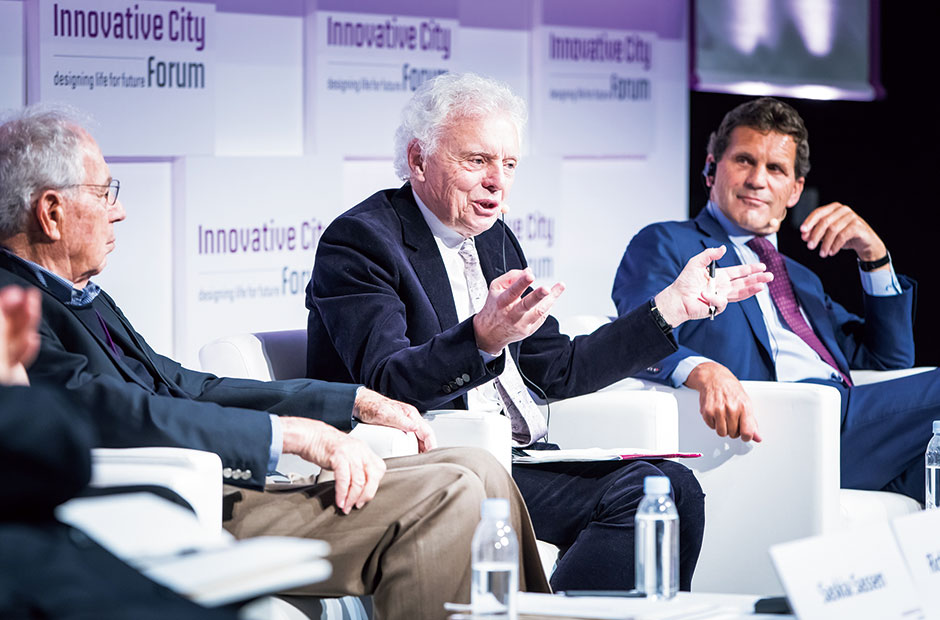
Also accompanying these movements of the third wave is a socio-political shift to Neoliberalism, which advocates a less-intrusive state apparatus and the expansion of market arrangements. This trend along with associated cultural, economic, and technological changes and their problematic outcomes for cities, need to be attended to more closely in future editions of the GPCI.
One such problematic consequence is the re-stratification of society away from traditional divisions of labor and towards a new series of strata involving what Richard Florida would call a creative class ? in other words, a cognitive cultural work force. All these new digital economies and forms of production have encouraged the emergence of this class, which is increasingly complemented by a lower, servile (or low-wage service) stratum that exists to support the functions of the upper half of the labor force. So returning to ‘magnetism’ and what these changes mean for the urban, we should consider what is happening to class relationships in the city and how we are dealing or not dealing with the problematical effects of the new urbanization of the third wave.
Continuing with the theme of ‘magnetism’ and drawing both visitors and potential human capital to this city, one issue stands as a serious impediment: communication. The prospect of navigating Tokyo’s famously complex transit system, its restaurant menus, or its face-to-face interactions, deflects many people from coming. Communicating through cultural barriers with locals in English is commonly held as a particular weak point in Tokyo’s position as a globally connected megacity. With the 2020 Tokyo Olympic Games approaching, these are areas that I believe are being strengthened, and should be further nurtured in the years following to enhance the city’s magnetism.
Another magnetic feature that could be leveraged is actually associated with one of Japan’s primary demographic challenges?the aging population. Everyone is looking at the problem of the elderly without considering the possibility. With so many experienced retirees, all with varied hobbies and interests, there are a multitude of ways in which they can be enabled to provide benefits for their communities and larger society. Especially for Tokyo, the aging of such an educated, active population that is used to participating in community life is an enormous opportunity waiting to be tapped. This city is already beginning to address these points, but in the future, elderly engagement could be an example for the world that others come to see.
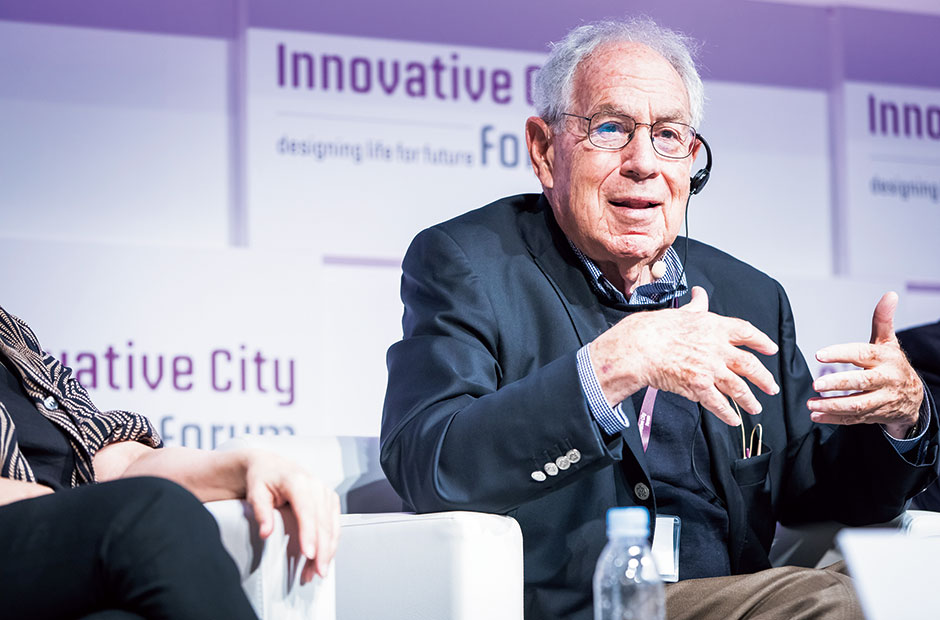
What part of the global actually needs a city? Global cities are able to offer functions to a variety of actors, including enterprises, governments, cultural centers etc., but how does this translate into an interdependent relationship with the global?
Historically, at least since the 1970s, the dominant economic actors in most countries were big corporations who served the national economy. These large companies performed the majority of their work in-house, without relying on outside, international services. With the gradual deregulation, privatization, and globalization of much of the economy, hiring and producing everything in-house became increasingly difficult. Eventually, these corporations were forced to expand internationally in scope, which in turn compelled them to seek out specialized services, and the talent to perform those services, from other countries.
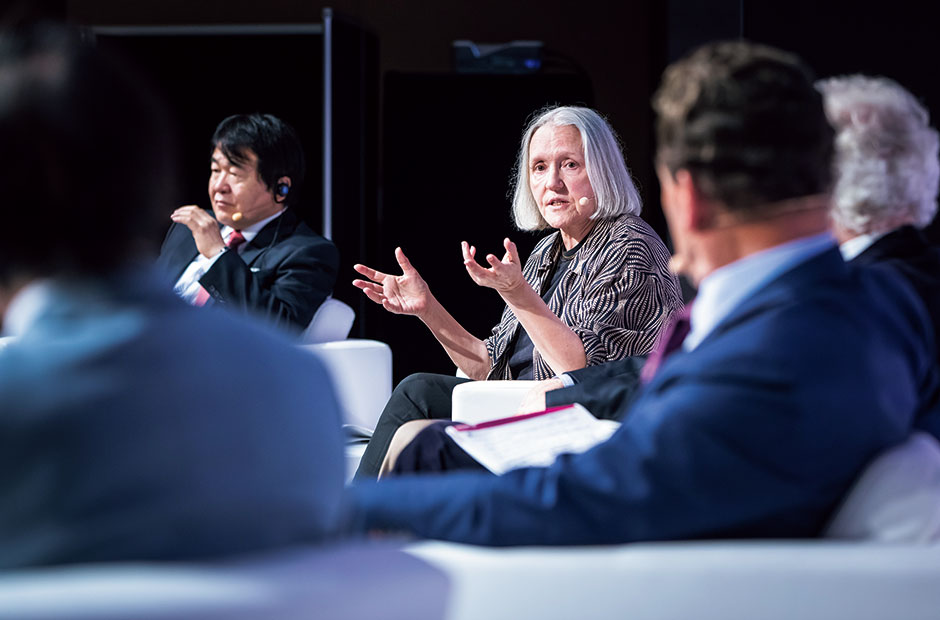
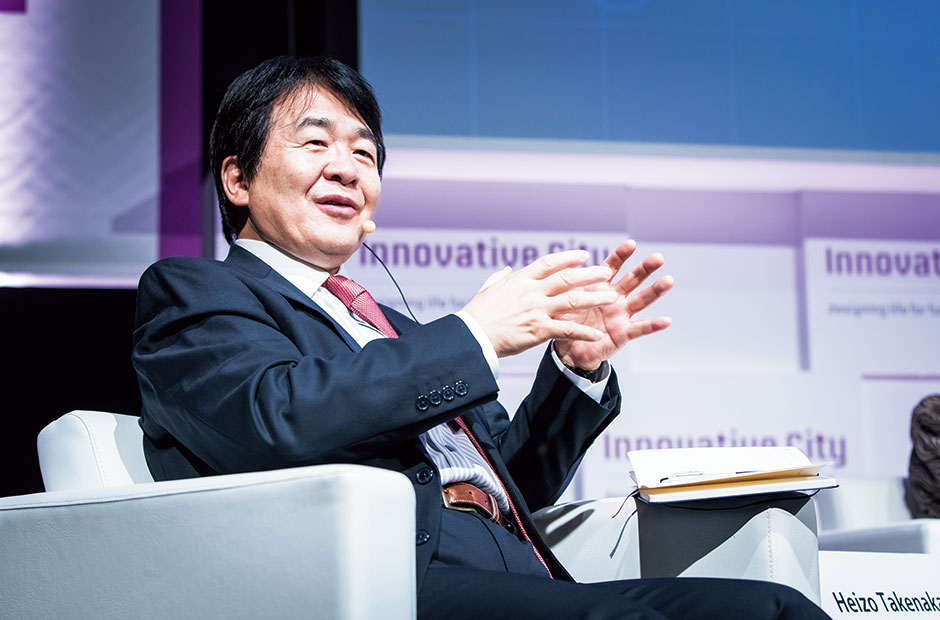
It was at this point that global cities acted as an intermediation function, connecting these large corporate actors across the world and facilitating the exchange of specialized services. Consequently, an operational space installs itself in these cities which includes headquarters, boutique-style firms, and high-income jobs?leading to the further growth of a financial industry and a workforce to match. This space thus requires an extraordinary mix of knowledge and people from a variety of countries and cultures.
Because global cities, and their operational spaces, need this melange of human talent, we get a presence of up to 30% or even 40% of the workforce consisting of highly-paid individuals. In cities under these conditions, it isn’t the top 1% that is troubling but this 30% that results from the global city requirement to function as an intermediary. This 30% and their consumption needs create difficulties for the rest of the city’s inhabitants. So while the global finds particular needs for cities, there are resulting negative effects that cannot be overlooked. While there are certainly negatives associated with these global city roles, it must be noted that positives do also exist. This is evident in the realms of culture, of art, of knowledge, and the experimental. This core area of cities is where the specialized differences are held, and where away from their routinized, intermediation functions, true competition exists. Cities should recognize these specialized differences and determine their significant role within the global network.
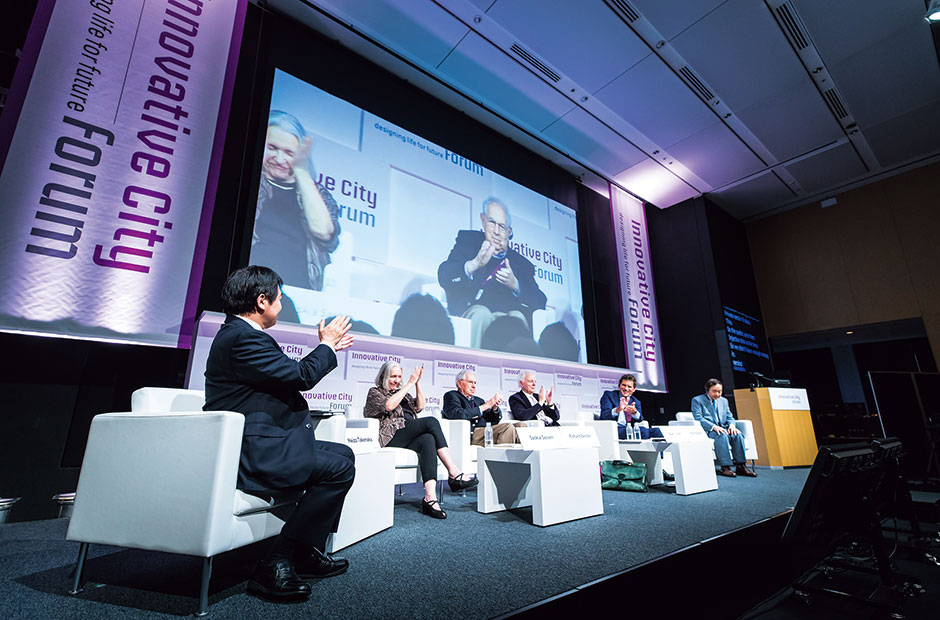
In terms of global relationships, I think we must always consider in what areas cities compete and cooperate with each other, and in what areas they differentiate themselves. To wrap up our discussion, I would like to ask for a brief comment from each of our panelists about what they think Tokyo can do to improve its standing.
Despite the various urban issues raised earlier, one of which would undoubtedly be the social and health problems associated with long working hours, I do believe that overall, Tokyo as a city, is performing extremely well.
As important as it is for Tokyo to recognize its weaknesses, it is also equally important for the city to acknowledge the positive improvements that have been realized over the past few decades. Advances have been made in working conditions, and women are being assigned more competitive and fulfilling roles in the office. Tokyo should continue to evaluate itself in relation to other global cities to seek improvement, but without sacrificing its native strengths.
Since the GPCI is published in Japan, it may actually be a clever strategy for Tokyo to be ranked at the No.3 position indefinitely. Should the city reach the No.1 rank, the GPCI’s credibility as an objective index may be questioned in some quarters.
The philosopher Jeremy Bentham’s concept of “the greatest happiness for the greatest number of people” is increasingly being linked to social theories related to individual well-being and satisfaction in urban settings. While the topic is somewhat subjective, it would be of great use if a database like the GPCI could potentially evaluate happiness quantitatively. While a city may be No.1 or No.2 in the ranking, does that translate to the city’s residents being the world’s happiest? Comparing the urban contexts of various cities could uncover methods to improve a resident population’s level of satisfaction with their living environment?perhaps even by analyzing the qualities favored by expat population groups living in one city compared with the context of their original home. For example, a large Japanese community living near Amsterdam tends to prefer less dense areas with notable greenery and nearby facilities. It could be extrapolated from that that Tokyo should then seek to lower density, increase green areas, and offer more leisure facilities. Just as those in Amsterdam, Japanese residents in Tokyo might appreciate these improved conditions.
The purpose of the GPCI is not to have the cities battle it out for the best ranking. Instead, it serves to inform us of what kind of urban power each city has in relation to its global peers. Thus, it is important that cities know where they stand, maintain their own identities, and aim to improve their urban power. Even though cities are usually encumbered by the problem of inequality as they become more affluent, I think the real magnetism of a global city in the future will rest in its ability to remain appealing, all while resolving such issues as poverty.
A ranking is somewhat like a mirror in which you can see your own reflection. Knowing what kind of characteristics your own city has compared with others will allow you to come up with the initiatives needed to make improvements. It is our wish that the GPCI will continue to be actively utilized as an index for this very purpose.